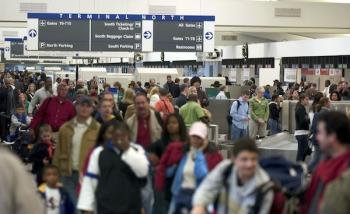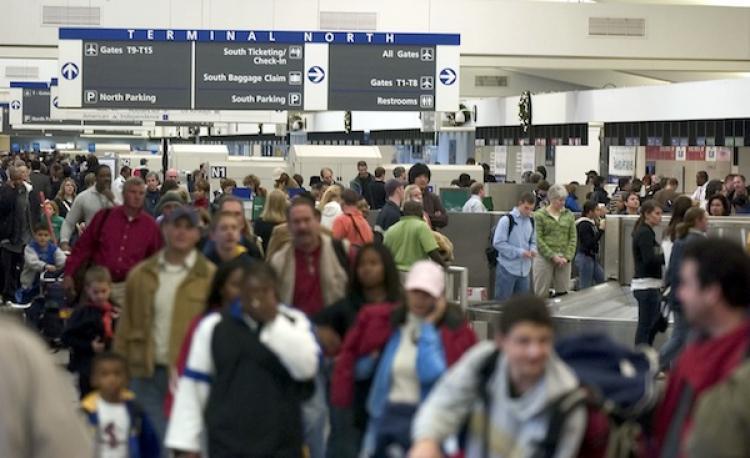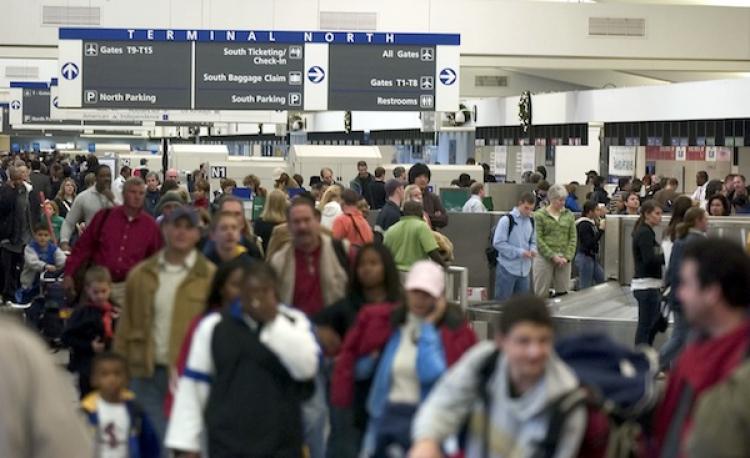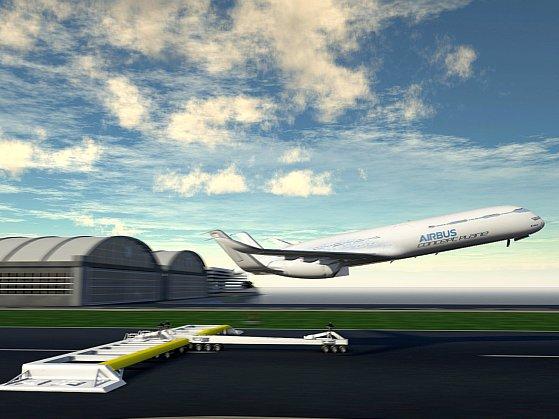The Federal Aviation Administration (FAA) earlier this year released its annual forecast on the future of air travel. The report predicts that in the next 20 years, air travel will more than double from what it is today.
This projected increase translates into a greater congestion of airspace, more landings and take-offs at airports, as well as heavier luggage loads needing to be managed and transported on the ground.
In an effort to address the challenges that the recent FAA report underscores, the agency has launched The Next Generation Air Transportation Aviation System (NextGen). With the cooperation of aviation research and development entities, including NASA, Next Gen provides solutions to the projected air travel issues.
The aim of NextGen is simple: transformation of the airspace in the U.S. from the current ground-based air traffic control system into one that is satellite-based. Flights will no longer be controlled from the ground relying on radar, but from space.
By employing the Global Positioning System (GPS), NextGen is able to find the precise location of aircrafts not only on the ground, but the air, too.
On the ground, the increase of traffic at airports will be managed much easier and safer with NextGen. Ground vehicles and crafts supplied with GPS devices will be effectively corralled with precise accuracy and quickly moved to runways, while luggage cars will be efficiently loaded onto their respective flights.
In the air, satellite information gets transmitted to the pilot’s cockpit allowing for faster and more accurate flight paths, significantly increasing air space efficiency.
“Innovative NextGen technology will help meet the demands of the future by getting passengers to their destination safely and more quickly,” said U.S. Secretary of Transportation in an FAA statement.
NextGen Pioneer
Earlier this year, the FAA signed a NextGen agreement with JetBlue allowing the airline to fly satellite-based flights from Boston and New York to Florida and the Caribbean beginning in 2012. This should be a good testing ground as this area represents one of the most congested regions of airspace.
The agreement allows JetBlue to equip as many as 35 of its Airbus 320 with Automatic Dependent Surveillance-Broadcast (ADS-B) avionics.
ADS-B is surveillance technology that offers more precision and additional services then the currently used radar for air traffic control, such as weather and traffic information. ADS-B provides air traffic controllers and pilots with much more accurate information to help keep aircraft safely separated in the sky and on runways.
ADS-B-supplied JetBlue Airplanes will be able to fly these two major East Coast routes by deploying more precise flight paths. Planes will be able to fly in airspace where radar coverage is not even available. They will be able to take advantage of these routes at all times as the satellite-based surveillance system keeps track of crafts with constant and precise accuracy.
“As the youngest major airline in the United States, with a majority of our operations in the Northeast—arguably the most congested airspace in the world—JetBlue enthusiastically joins the FAA in this effort to begin rebuilding the skyways,” said JetBlue Airways CEO Dave Barger. “Our investment today will yield dividends far into the future, not just for JetBlue but for all airlines. Our customers and crewmembers deserve our best efforts.”
“NextGen will help improve the travel experience for passengers and give airlines more flexibility to find the most efficient way to reach their destinations. This agreement will allow us to collect important data to further demonstrate the benefits of NextGen.” said FAA Administrator Randy Babbitt in a statement.
International Outreach
The importance of NextGen resonates in the international community as almost 1,000 flights cross the Atlantic in both directions daily.
Last month, the FAA and the European Union signed an agreement aimed at further research and development in the NextGen integration with international standards to provide smooth air traffic service between U.S. and Europe.
Such collaborative agreements may be the foundation of modernization and expansion of managing air traffic around the world.





